August 1, 2025 | 14:53 GMT +7
August 1, 2025 | 14:53 GMT +7
Hotline: 0913.378.918
August 1, 2025 | 14:53 GMT +7
Hotline: 0913.378.918
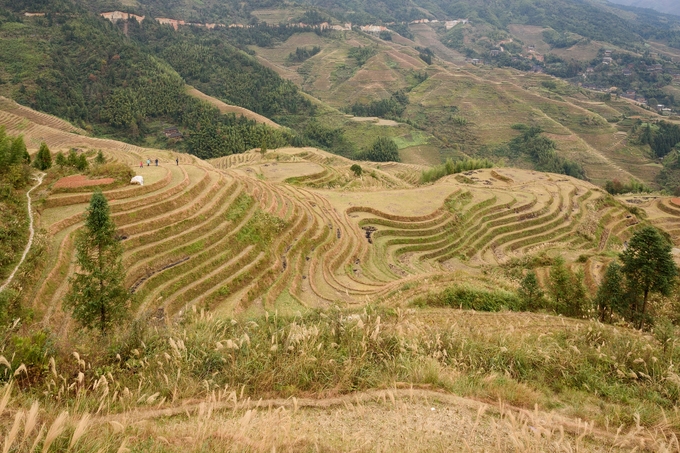
China is the world’s leading rice-producing country, contributing about 25% to global rice production.
Spanning thousands of years, rice holds profound significance in China’s economic, cultural, and social fabric. Supported by genetic, archaeological, and linguistic evidence, scientists have traced the domestication of cultivated rice back to the Yangtze River basin, which serves as the geographical boundary between the North and South of the country. The Chinese people take pride in their wet rice civilization, a historical legacy that has not only endured but has also contributed significantly to global food security.
As the world’s leading rice producer, China accounts for approximately 25% of global rice production (FAO Statistical Yearbook 2022). This remarkable figure reflects the outcome of the transformative journey in rice production and agronomic practices spanning the last five decades.
Commencing in 1960, the adoption of improved rice varieties emerged as the pioneering step, leading to a threefold increase in productivity per unit area. Concurrently, economically efficient irrigation practices have been implemented across approximately 80% of the total rice cultivation area.
Alternate water-saving (WS) irrigation is devised in large rice-growing areas, increasing productivity and reducing emissions. China has the most extensive irrigation system in the world, with a total area of more than 75 million hectares.
The smart fertilization process increases rice yield significantly. Over the past half-century, China has expanded its rice cultivation territory northward, marking a 475% increase in monoculture rice cultivation in Northeast China.

Chinese farmers understand the correct fertilization process, helping plants stay healthy and grow quickly. Photo: IRRI.
The synchronized implementation of these measures has propelled China’s rice productivity from 2.7 tons/ha in 1960 to an impressive 6.3 tons/ha in 2000. Simultaneously, ongoing research into rice varieties and farming methods has been targeted at reducing environmental impact and greenhouse gas emissions, ushering in what can be deemed the ‘green revolution’ of rice in China.
In recognizing the global trajectory of seed industry development, Chinese scientists, businesses, and corporations seized the opportunity to enter this market. As of 2021, the global crop seed market has expanded to a size of 47.2 billion USD, with genetically modified seeds (GMO) constituting a substantial portion at 21.7 billion USD, holding a notable 46% market share. Two Chinese companies have successfully secured positions within the top 10 global seed markets.
China’s burgeoning economy and the elevated living standards of its populace have fostered a heightened consumer focus on safe, tasteful, and quality rice products, coupled with an emphasis on overall consumption experience. The advent of digital and multimedia platforms has further propelled the trend towards online sales, making rice products not only accessible at traditional markets and supermarkets but also through various online shopping platforms.
Consequently, the middle and high-end rice market has witnessed continuous expansion, surging from 12 billion yuan in 2013 to an impressive 50 billion yuan in 2022. There is a discernible uptick in the consumption trend for organic rice products.
Recognizing these shifts, the Chinese government has bolstered efforts to commercialize production, diversify rice types, and establish a network of processing facilities. The Chinese Ministry of Agriculture has played a pivotal role by issuing industry standards for high-quality rice and methods for determining rice quality.
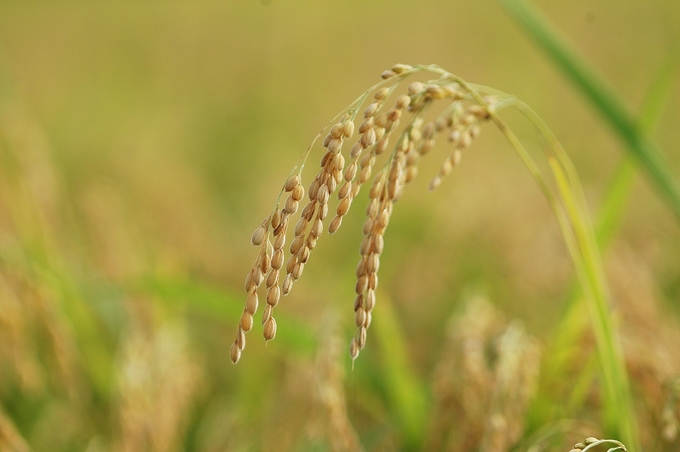
The number of type II rice varieties has exceeded half of the approved varieties; Most hybrid varieties are widely grown.
The quality rate of rice varieties sanctioned by the Government has steadily increased over the past several years. Specifically, the proportion of high-quality rice has escalated from 10% in 2016 to an impressive 54% in 2021. Notably, more than half of the approved varieties fall under the category of type II rice, with hybrid varieties gaining widespread cultivation and exhibiting enhanced quality characteristics such as long grains, clarity, and fragrance. Projections indicate that the hybrid rice market is poised to reach 15.6 billion yuan by 2023.
Therefore, building a reputable rice brand, investing in good seed research, and developing value chains are imperatives for Chinese rice businesses to rise to the top.
In 2021, the China Council for Brand Development reported that the value of Wuchang rice reached approximately 70 billion yuan, securing its position as the top domestic rice brand. Wuchang rice is the first product selected for the China-Europe Geographical Indications.
Despite its high value, authentic Wuchang rice faces challenges in the market due to the proliferation of counterfeit products. An estimated 10 million tons of purported ‘Wuchang’ brand rice flood the market yearly, while Wuchang District’s annual production is limited to 1 million tons. This inflation and counterfeiting severely undermine the brand value of authentic Wuchang rice.
Recognizing an opportunity to address this issue, JD.com, China’s largest retailer, initiated a systematic Wuchang rice brand. Through collaboration with farmers and local authorities, JD introduced a set of standards for product management. Only products meeting standards can put the Wuchang rice label on their packaging.
To further combat counterfeiting, JD.com implemented traceability, leveraging a blockchain tracking system. Only products authorized by this system are permitted on the JD platform. Consumers can verify the authenticity by scanning the QR code on the product packaging, gaining insights into every stage from planting to harvesting and processing.
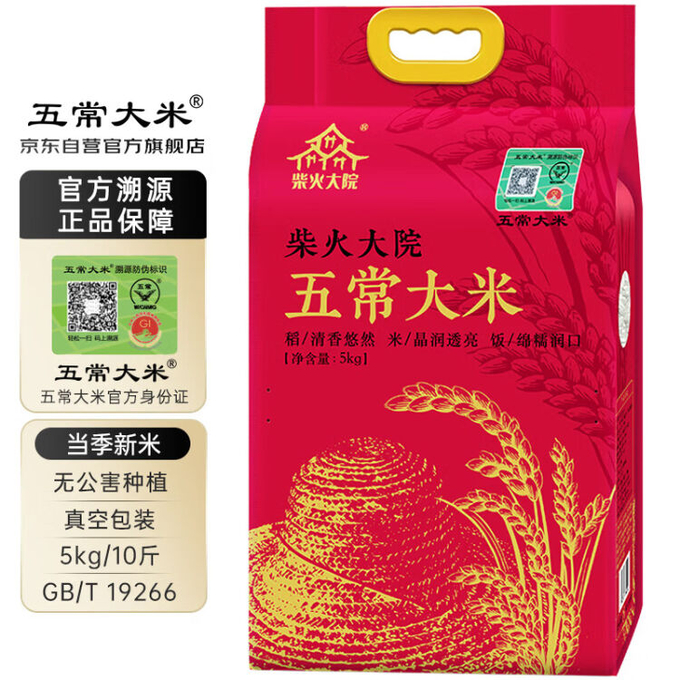
Wuchang rice packaging is now certified authenticity, with a QR code for traceability. Photo: JD.com.
In October 2019, JD.com inaugurated a Wuchang rice store, employing innovative marketing strategies in collaboration with local authorities and farmers. The store exclusively sells high-quality rice sourced from organic cultivation facilities to safeguard the authentic Wuchang rice brand. A month after its launch, sales reached an impressive 200 million yuan.
In 2021 amidst the pandemic, JD collaborated with the Chinese Government to launch the inaugural
Wuchang rice shopping festival on a digital platform. Local officials actively engaged in live streaming sessions to promote Wuchang rice, capturing the attention of over 1.3 million viewers. Following the livestream event, rice sales experienced an impressive surge of 300%.
JD’s dedicated efforts to promote the Wuchang rice brand have yielded significant benefits, fostering trust among all stakeholders. Local authorities have recognized the importance of systematic communication and marketing endeavors in safeguarding the value of Wuchang rice. The heightened brand value has increased rice purchase prices, subsequently enhancing farmers’ income. JD Enterprises has also witnessed an uptick in sales performance and expanded coverage on the e-commerce platform.
From 1960 to 2010, China underwent a transformative green revolution in agriculture, propelling the nation to become the world’s leading rice producer. Looking ahead, China’s strategic focus will be researching high-quality, stable-yielding, and nutritious rice varieties, all while ensuring proper farming practices, soil safety, and environmental friendliness. This comprehensive approach is geared towards upgrading the entire rice value chain.
Moreover, the evolution of the rice industry in China underscores the significance of building valuable brands. The success story of the Wuchang rice brand exemplifies that collaborative efforts between businesses, farmers, and local authorities represent a compelling and forward-looking trend for the future.
Translated by Quynh Chi
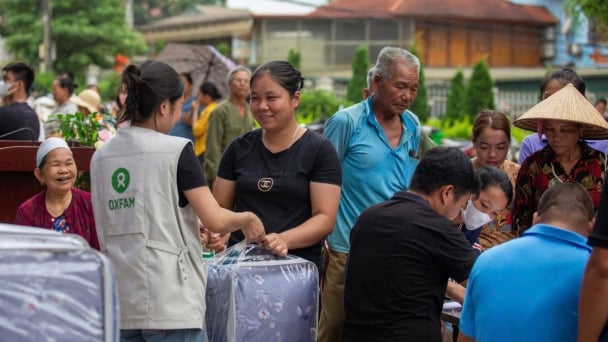
(VAN) On July 30, the Phu Tho Provincial Women's Union, in collaboration with Oxfam, organized a workshop to summarize the 2024 Project on Post-Typhoon Yagi Recovery.
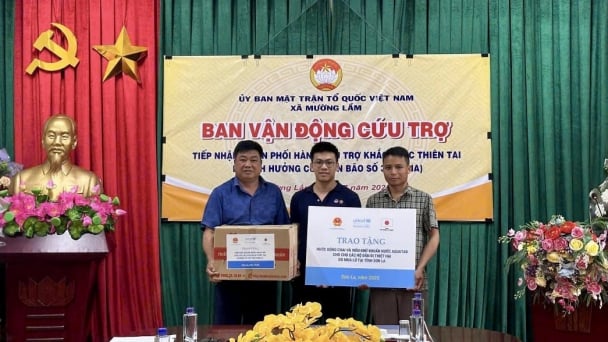
(VAN) UNICEF, in coordination with the Ministry of Agriculture and Environment, provided timely clean water support to residents in Son La and Nghe An affected by Typhoon Wipha.
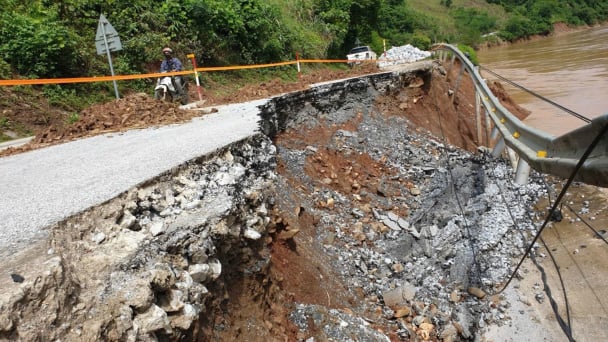
(VAN) According to Standing Office of the Steering Committee for Disaster Prevention, Search and Rescue, and Civil Defense of Nghe An, the province has incurred flood-related damages totaling nearly 3.4 trillion VND.
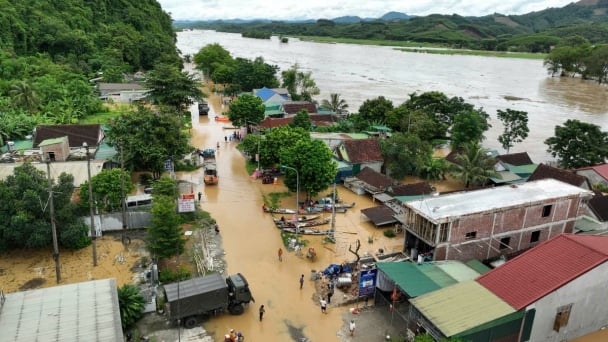
(VAN) According to the World Meteorological Organization (WMO), Vietnam is a suitable location for the establishment of the Flash Flood Warning Center and the Southeast Asia Hazardous Weather Forecasting Center.
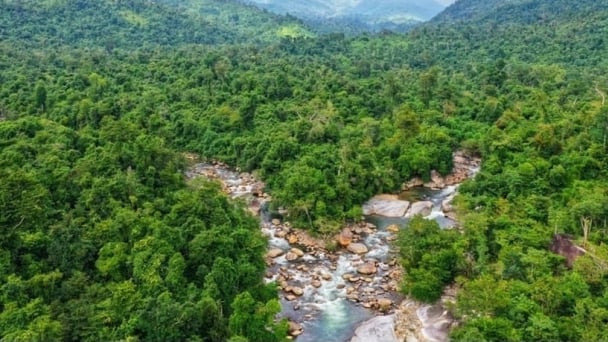
(VAN) The Management Board of Ninh Hoa-Van Ninh Protection Forest is inviting qualified and enthusiastic organizations and individuals to participate in leasing forest environments for eco-tourism development.
![Conservation at Yok Don National Park: [2] Efforts to preserve biodiversity](https://t.ex-cdn.com/nongnghiepmoitruong.vn/608w/files/chiqk/2025/07/30/3244-3-phoi-hop-tuan-tra-cung-nguoi-dan-bvrjpg-nongnghiep-093235.jpg)
(VAN) Yok Don National Park is managing nearly 111,000 hectares of natural forest, including over 2,563 hectares of rich forest and nearly 34,220 hectares of medium-density forest.
![Opening the hairy crab farming industry: [2] Reasons behind frequent failures](https://t.ex-cdn.com/nongnghiepmoitruong.vn/608w/files/tuongdt/2025/07/25/5743-dsc_6555_1-215036_670.jpg)
(VAN) From his experience raising ca ra (hairy crabs) in Tu Ky (Hai Phong), and through learning farming technology in China, Mr. Van has come to understand many crucial lessons.